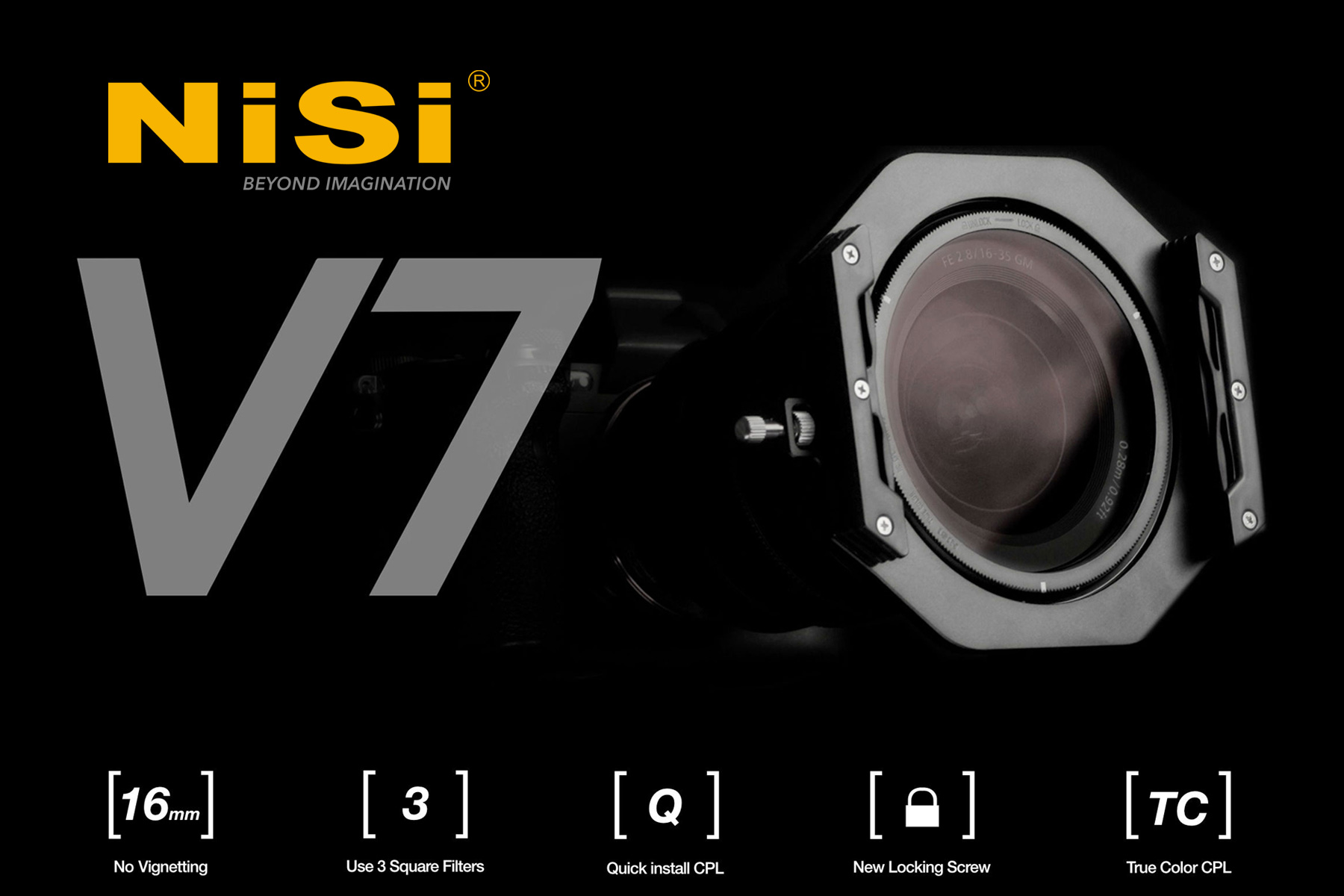NiSi V7 Review
NiSi have released the new V7 100mm filter holder, and there have been quite a few changes to it. Building on the success of the previous V6, NiSi took feedback from photographers, something they are very good at, and made changes. Some of the changes are indeed valuable and will benefit users, whilst some elements of the system remain unchanged, which I for one am pleased about. If it isn’t broken don’t fix it.
So let’s look at what has changed in detail.
Familiar Territory
If you have the V6 you will find yourself in familiar territory with the V7. The case remains unchanged, a good thing because it does the job of keeping the whole kit organised and protected well.
The contents themselves have not changed, and still contain:
- Filter Holder
- Polariser
- Main geared Adapter Ring threaded for 82mm
- Lens adapter rings for 67mm, 72mm, 77mm
- Polariser cap.
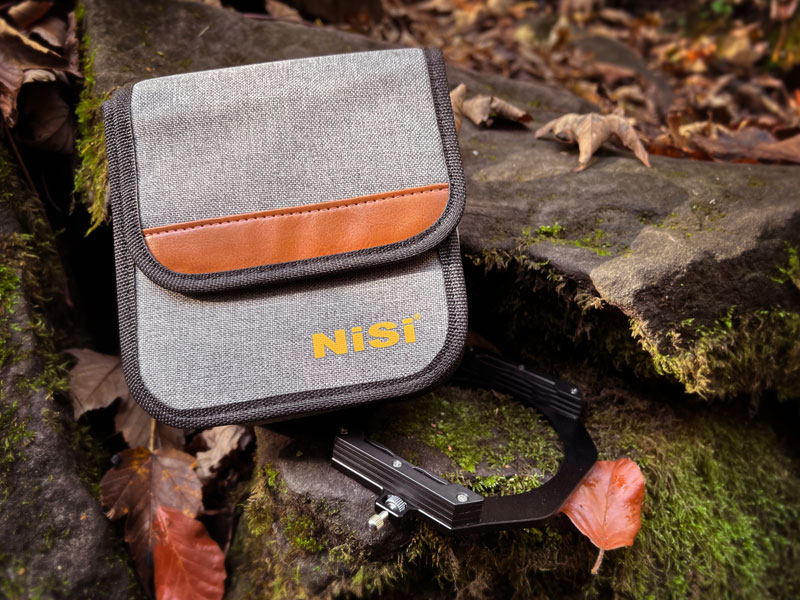

New Features
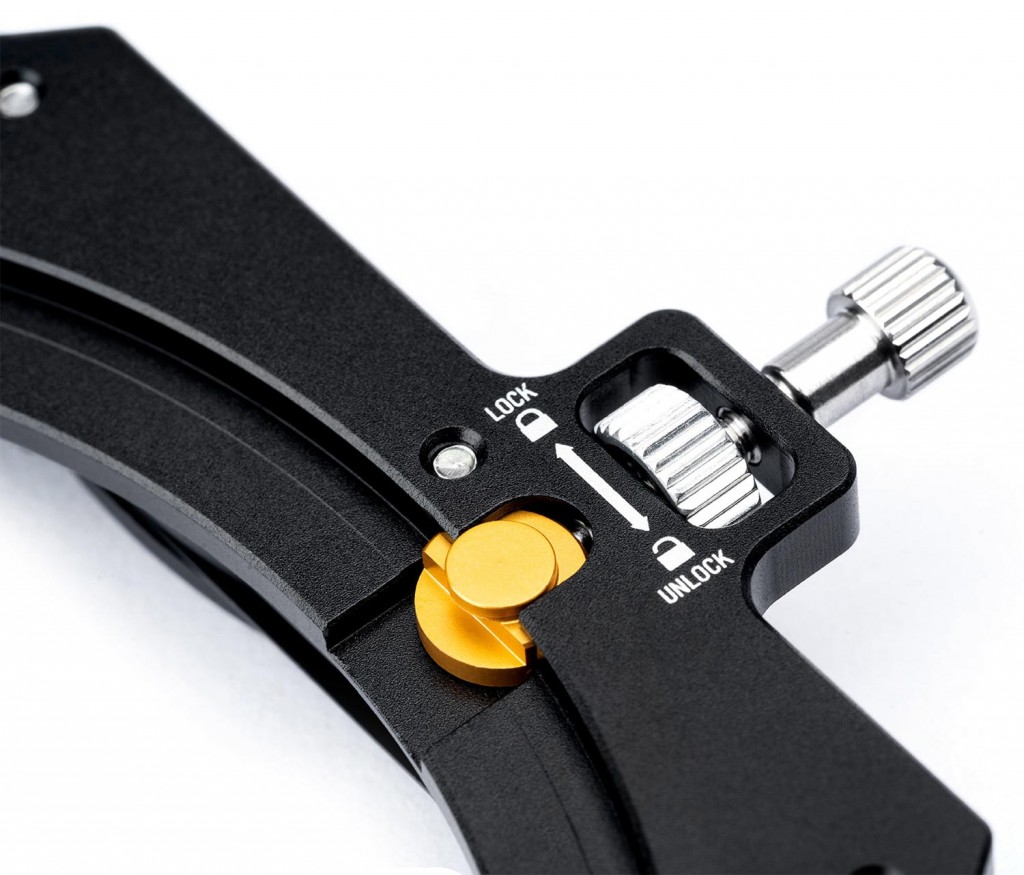
Lock Pin
The V6 had one spring loaded pin for mounting and unmounting the holder, and an addition screw pin for locking the holder to prevent it rotating.
It is now replaced with a single pin and it is a big improvement. It is spring loaded as before ensuring that once the frame is mounted it cannot detach from the adapter ring. The new lock is a serrated thumb wheel, which once turned to the top actually prevents the pin from being pulled open.
Once locked the filter frame is solid and will not turn or detach, important for when moving around with filters still mounted like I do.
What I really appreciate is the way the black frame has been re-engineered to become part of the body, almost creating a ‘cage’ for the mechanism. It makes it stronger, and looks tidy.
Quick Install CPL
Notice anything different about the Adapter Ring? No thread for the polariser.
All previous versions of the NiSi system have used a screw in polariser, with a thread on the adapter ring and the polariser. It is a great way to attach the CPL but it could be fiddly sometimes.
The trend right now is for magnetic which doesn’t always give a secure fixing, I have seen it myself on workshops when clients have a polariser which falls out.
Instead NiSi opted for the “Quick Install’ System, which is very much like a bayonet fix on your lens hoods. Insert the polariser with the white markers aligned, give it a small twist, and the polariser is locked.
This gives it a very fast and easy way to fit the polariser, and it is secure.
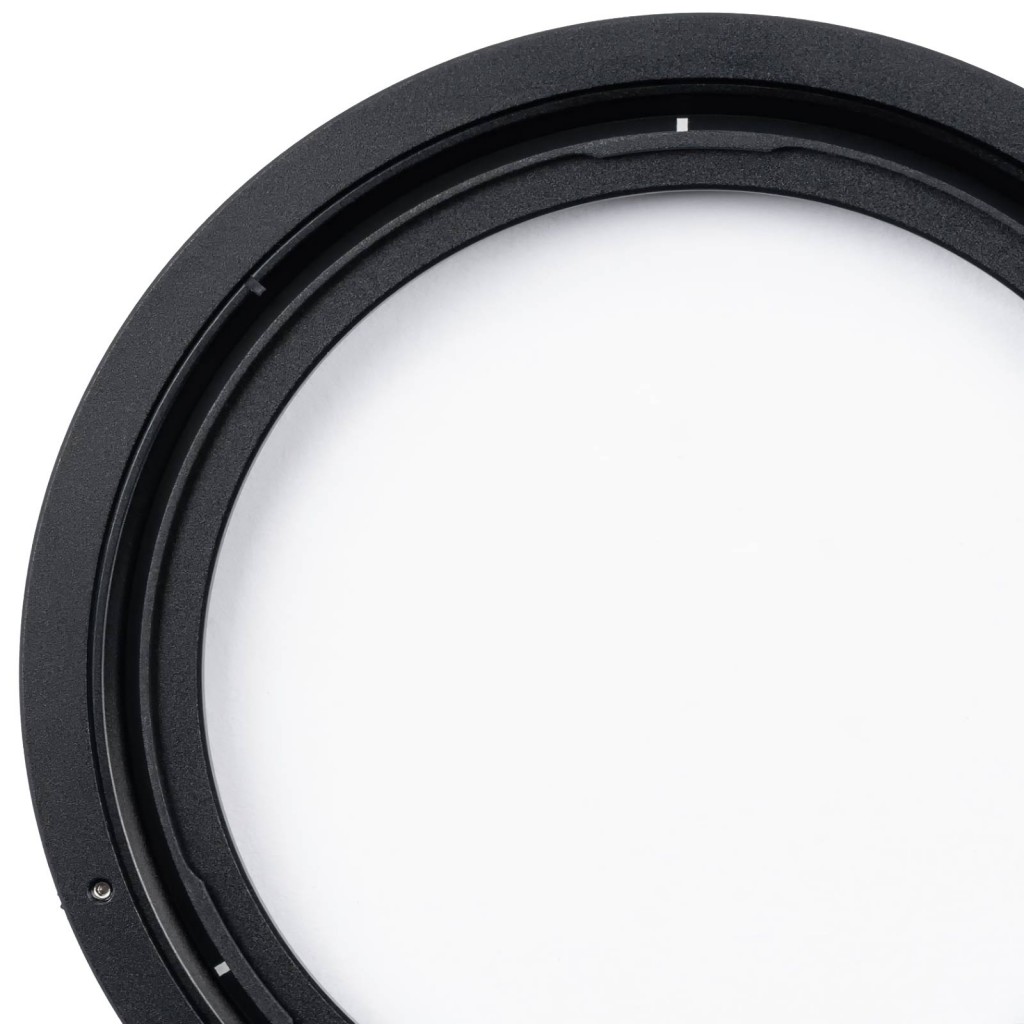
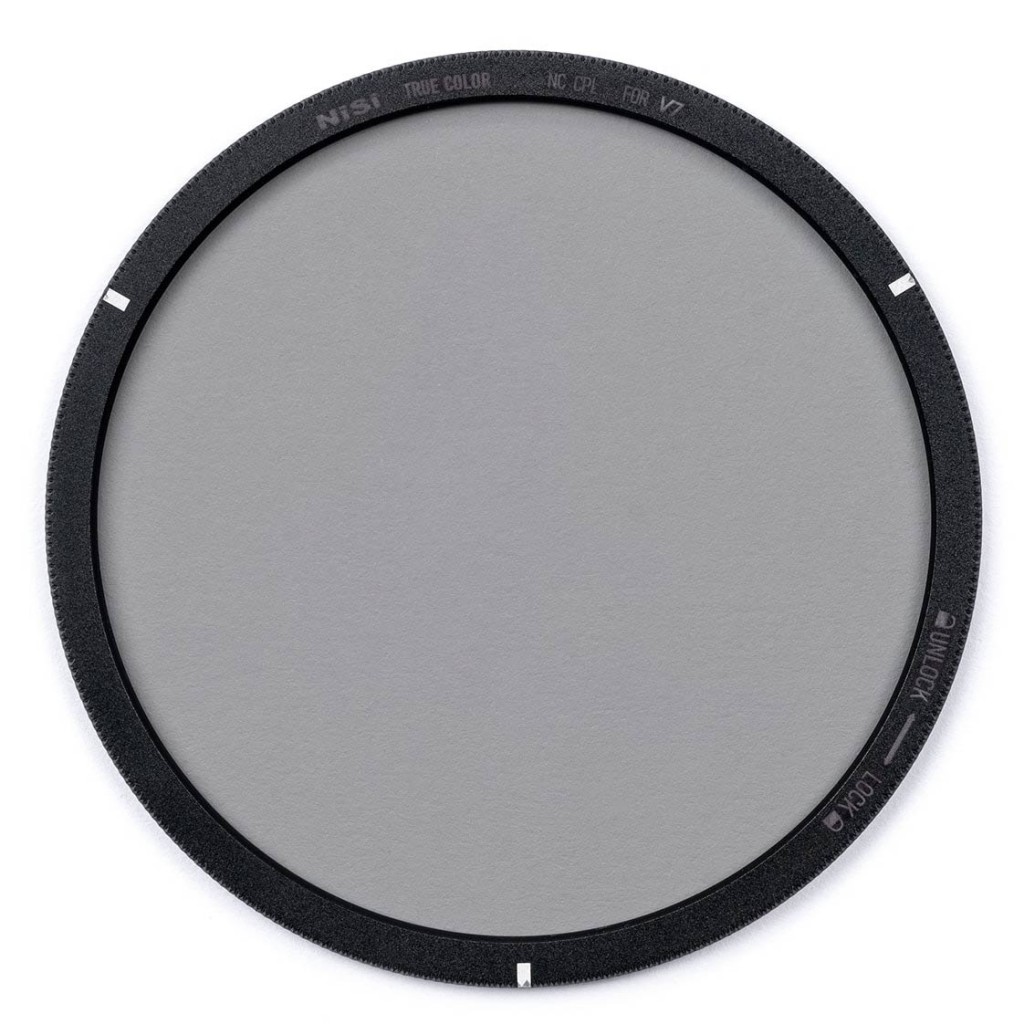
True Colour NC Polariser
The V7 now ships with a brand new polariser, produced with a unique polarising film which provides an effective polarisation amount of 99.5%, more than almost any other polariser on the market.
Colour reproduction is exactly as the name suggests, True Colour. With such effective polarisation colours will pop naturally, with no need for any additional saturation or increase in contrast. And yellow cast has been reduced, which I find highly effective, I always find reducing yellow helps, especially in the greens.
The white markings on the front of the polariser are the alignment markings for the new Quick Mount system, with a bayonet type mount on the rear rather than a thread.
Real World Experiences
Peak District
I went out to the Peak District, intrigued with how the new True Colour Polariser would perform. As so often happens sunset was thwarted with cloud on the horizon just at the moment of truth. Still, I hung around to see what would happen and the polariser did reveal some colour in the sky just as the sun set.
Normally using a polariser pointed directly at the sun will give little or no effect on the sky because of the nature of polarised light. It’s a physics thing.
But I was pleasantly surprised to find it did in fact pull out some of the subtle colour and it was even better once I inserted a Nisi IRND8 3 stop Reverse Graduated.
It was effective on the puddle of water, removing the reflections but I was careful to back off the effect a little so there was still some brightness to the water.
And yes I know that is an odd looking camera, I recently acquired a Sigma FP and it has been fun testing it out but that is a different story. On a small lens with a thread of 58mm the V7 was absolutely fine.

Higger Tor, Peak District – Nisi V7 with True Colour CPL
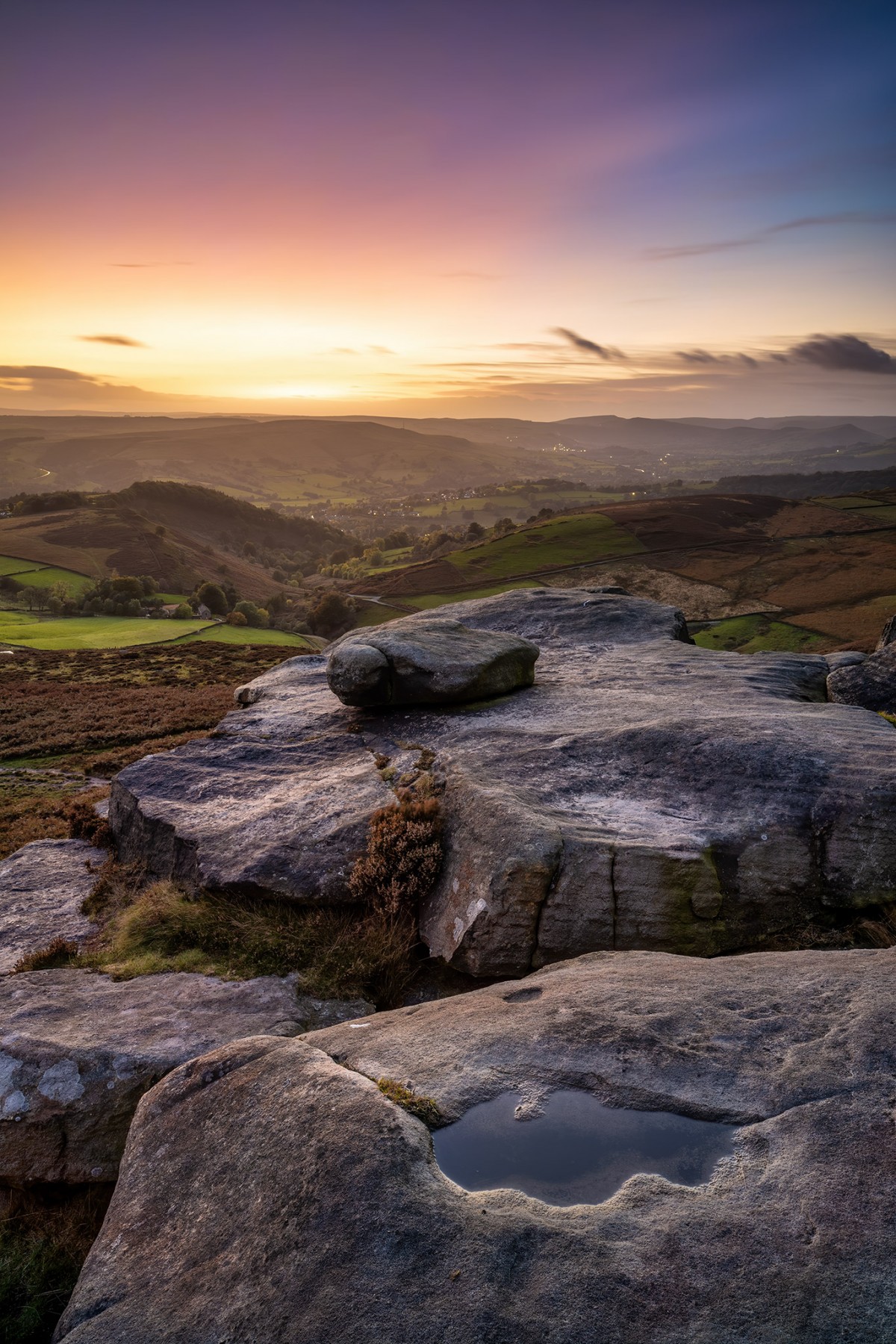
Water water everywhere…
Staying with the polariser, this is the perfect time of year to test it, and test it I did. With rich warm colours and lots of wet reflections Autumn is always a great time of year for photography and using a polariser. Another visit to the Peak District was a good place to try it out.
True-Colour CPL
I always have a thing about yellow, perhaps it’s just my taste but I do find any time saturation sliders are increased in a scene with yellow and green, the yellow will always be too much. So I tend to reduce yellow, even in the greens.
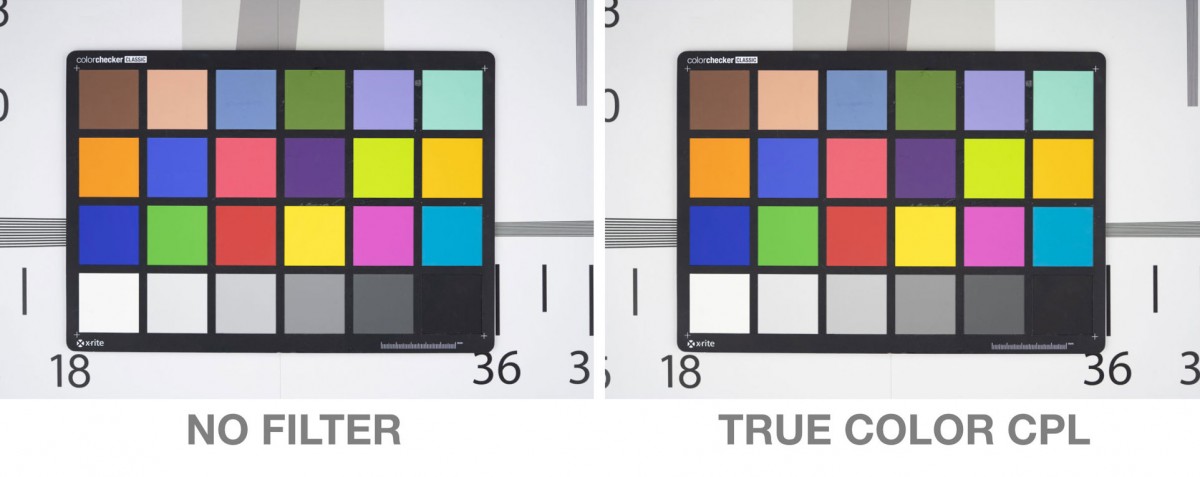
The polariser did deliver as promised and as expected. With 99.5% effective polarisation reflected light was removed from wet rocks and foliage very very well. And the Nano coatings just like on the Landscape Polariser made cleaning water spray off very easy. Removing reflections on fast moving water like this is less important, there doesn’t tend to be a great deal.
What really mattered to me was the colour rendering. No saturation was needed because the colour was vibrant enough, and I did notice that I had to reduce yellow much less than I would normally. For me that is a big plus. Obviously the images are edited to my taste, however colour did seem more natural to me.
For the Padley Gorge image I used a soft graduated filter on the top just to bring down the brightness a little and the lock pin is now much easer to use with less trying to find the right pin.
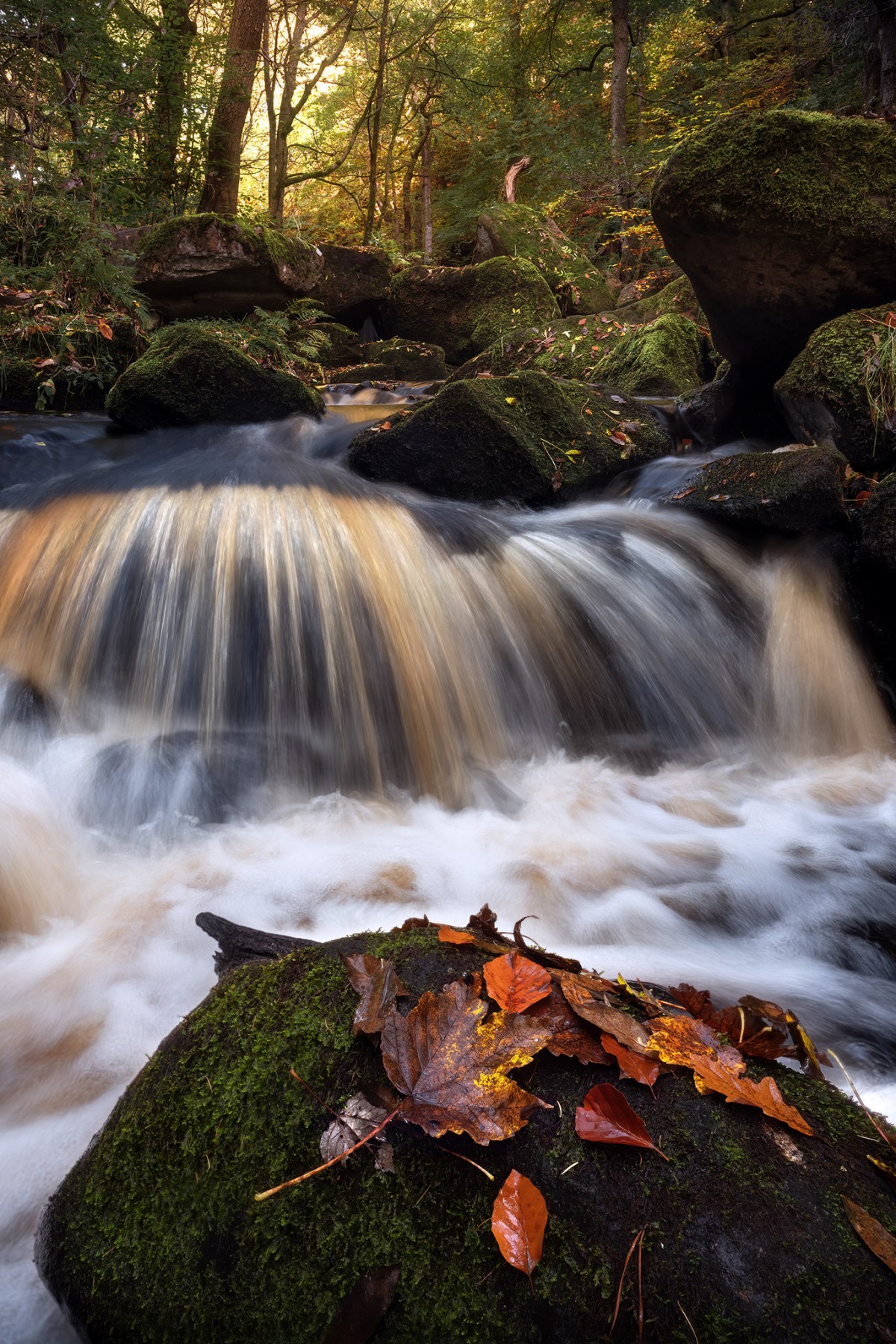
Padley Gorge, Peak District – Nisi True Colour CPL, Soft Graduated ND-Sigma FP
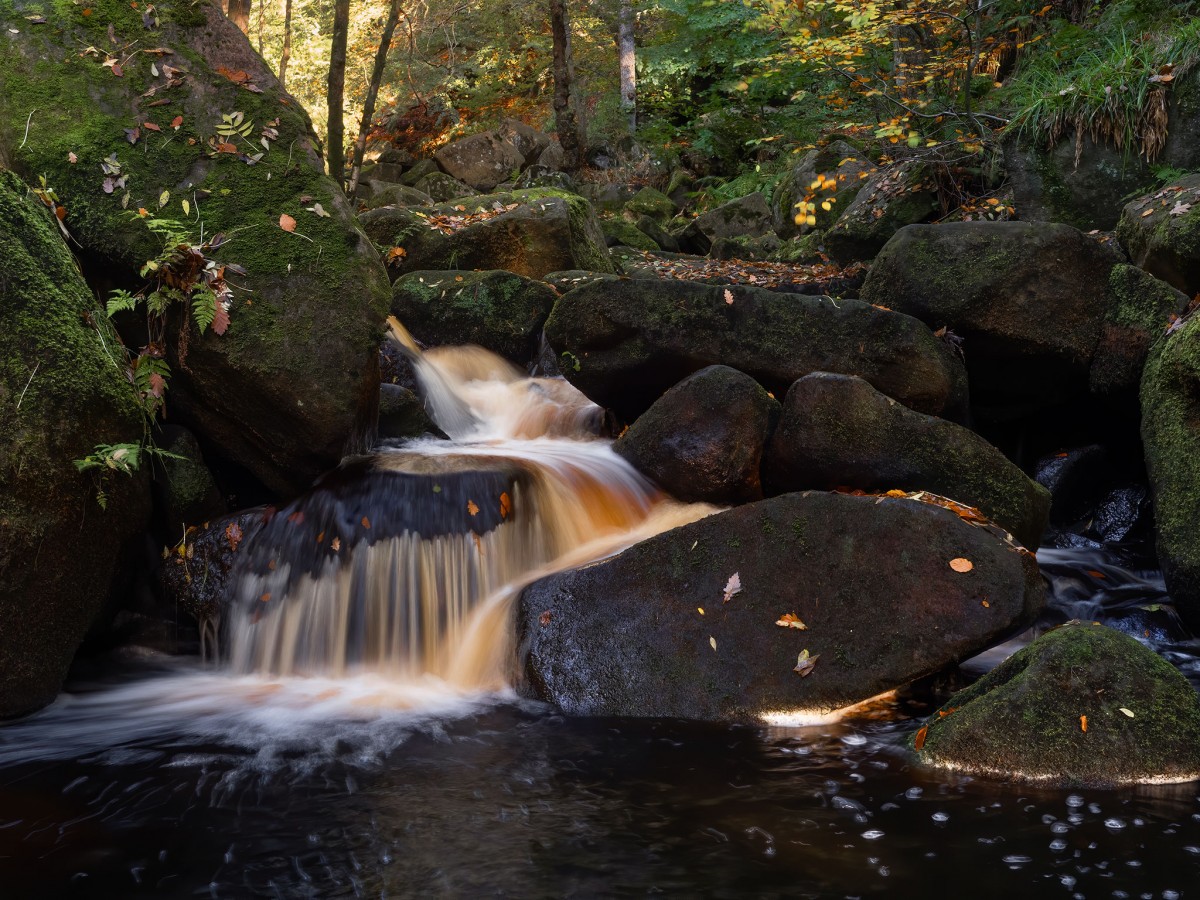
Padley Gorge, Peak District – Nisi True Colour CPL – Olympus EM1mk3
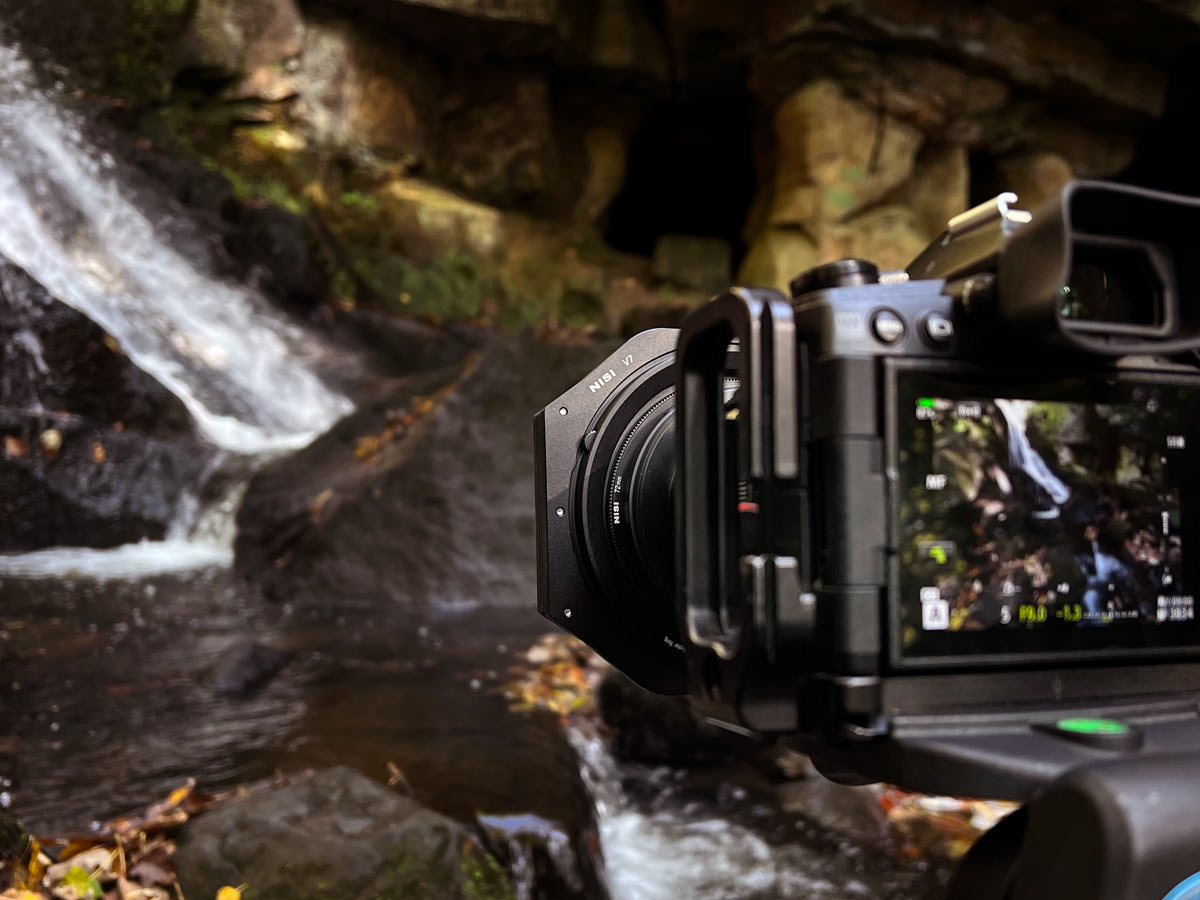
Behind the scenes at Lumsdale Falls, Peak District
Magic Mushrooms
There’s magic in those woods at twilight if you only look hard, and keep very very quiet so you don’t frighten them away. And a polariser is surprising effective…

Olympus EM1mk3 60mm macro – Nisi True Colour CPL.
V7 Polariser and Macro photography
I am not a macro photographer but I do enjoy shooting shrooms in low light, and being creative with lighting.
And a polariser is surprisingly effective. It is important for me to find the right composition with good bokeh in the background; small spots of light can make a dull background very interesting. Using a polariser has a huge impact o the tones and the contrast, and with the V7 system just the polariser can be used without having mount the filter frame too. Don’t want to use the polariser? It is now so much easier to remove with just a small twist

Olympus EM1mk3 60mm macro – Nisi True Colour CPL
One caveat is the V7 is a little large using it on the Olympus 60mm Macro lens which has a thread of only 46mm. But it is possible with an additional step ring, and that polariser is so worth it. On other systems it will not feel so big. It is very natural and renders beautiful colour.
Summary
So is the Nisi V7 a worthwhile investment if you already have the V6. Tough question.
The polariser is indeed better than the Landscape polariser I think, and the Quick Install is also better. The lock pin is also a huge improvement.
Right now additional adapter rings and polarisers are not available if you want to leave them on additional lenses, but they will be soon. So yes it is worth it.
If you have the the V5 Pro and have considered upgrading what are you waiting for?
Phil
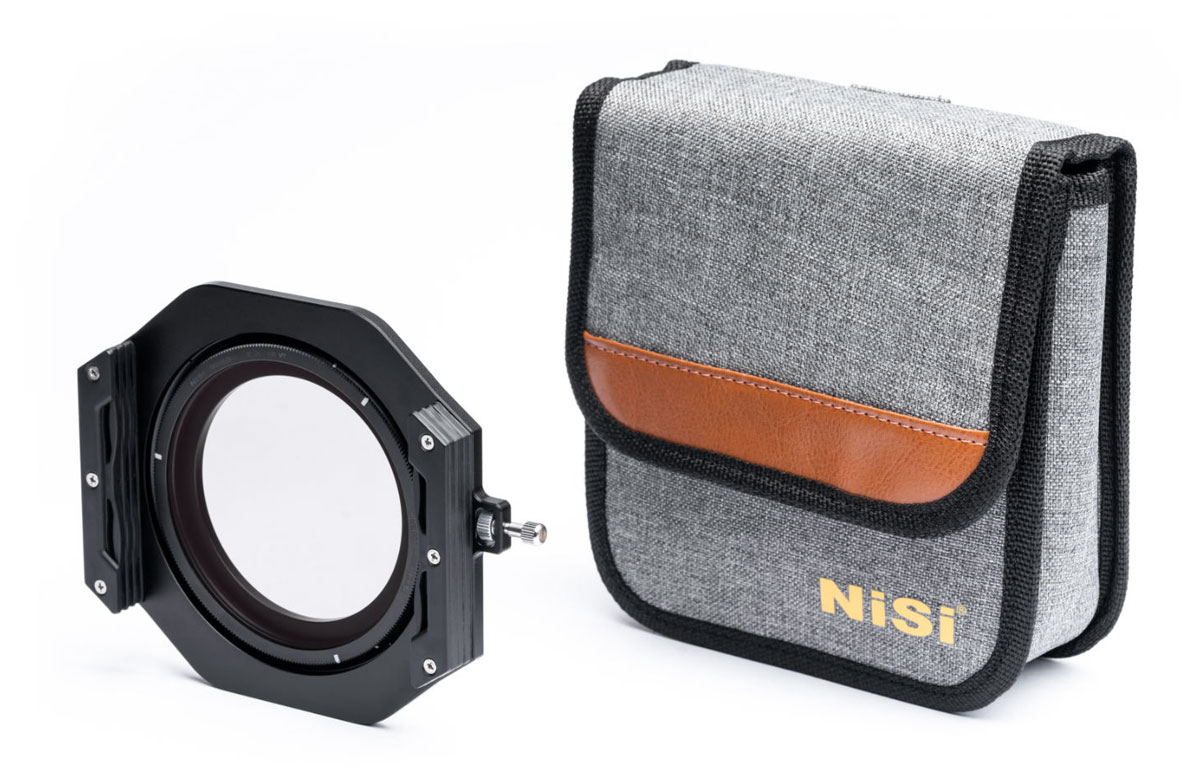
UPDATE
With the V7 being so new and only having it a few weeks I will update this with more images soon. I am away in Scotland very soon and hope to update this with a few epic sunsets and if I am really lucky a few storms over mountains.
Check back soon!


